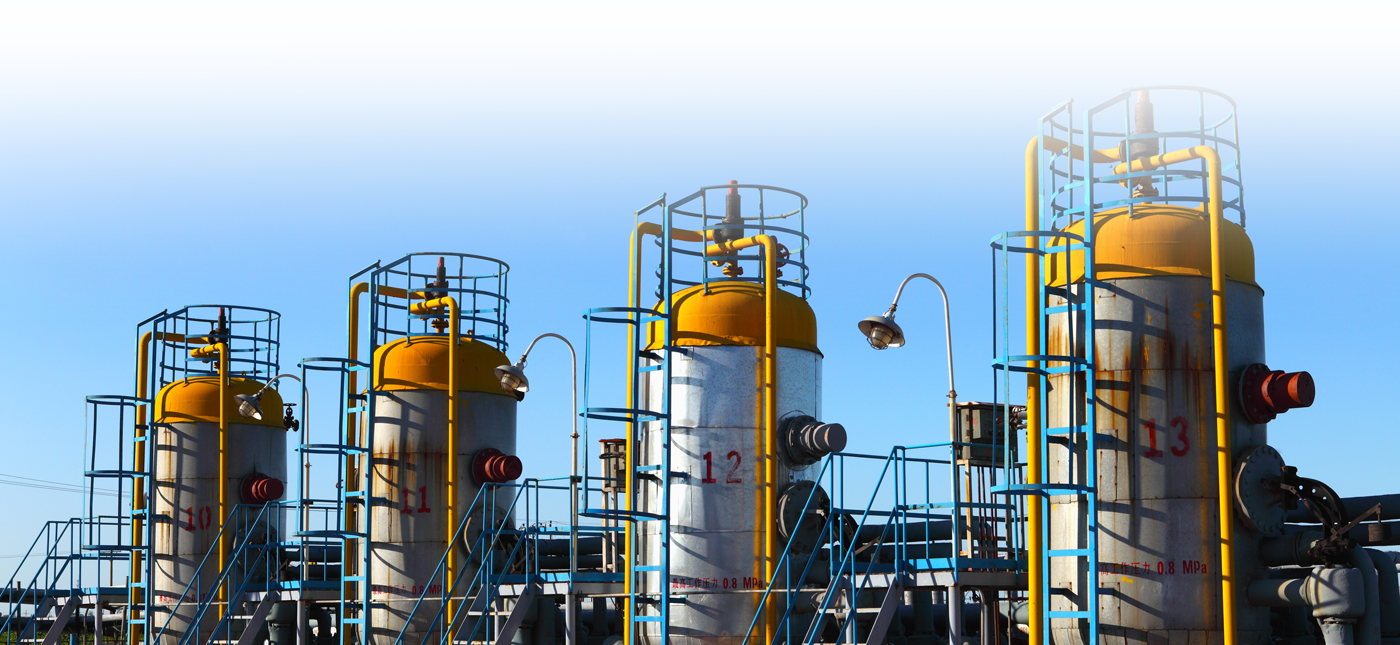Pump Vibration
Pump Noise
Paper No. 31
F. R. Szenasi/C. R. Sparks/J. C. Wachel, Sec. 8.5, Pump Handbook, 2nd Ed., McGraw-Hill, 1986.
The major concern regarding pump noise falls into two categories: 1. Noise levels which do not meet applicable environmental criteria. Examples range fro personnel noise exposure criteria to overside noise criteria for submarines. 2. Noise signatures which can be used to diagnose faulty pump operation or incipient failure. The proliferation of industrial noise regulations in recent years has taken much of the guess work out of allowable noise levels insofar as personnel and community exposure is concerned, and various noise standards have specified noise measurement techniques. Several organizations have developed test procedures and codes for machinery-generated noise levels.1,2 The Hydraulic Institute code was specifically developed for the measurement of airborne sound generated by pumps (Ref. 3, p297).
The most common approach for controlling airborne noise levels from pumps is to interrupt the paths by which noise reaches the listener. When noise is an indicator of abnormal pump operation, modification of pump internals or operating conditions is normally required.
The measurement of noise for diagnostic purposes is not well prescribed, either for instrumentation or for interpretation. Even a well-designed and properly operated pump will of course produce noise. Variations in noise amplitude and frequency which result from malfunction or improper operating conditions will depend upon the type and design of the pump and the type of problem causing the noise. Measurement and analysis techniques for interpreting these signatures will depend upon whether the noise is solid-, liquid-, or airborne and upon the nature of coexisting noise from other sources.
Determining the source and cause of noise is the first step in evaluating whether noise is normal or an indicator of possible problems. Noise in pumping systems can be generated both by the mechanical motion of pump components and by the liquid motion in the pump and piping systems. Liquid noise sources can result from vortex formation in high-velocity (shear) flow, from pulsation flow, and from cavitation and flashing.
Noise from internal mechanical and liquid sources can be propagated to the environment by several paths, including the pump and support structure, attached piping, the liquid in the piping, and ultimately the surrounding air itself.
This section discusses various pump noise-generating mechanisms (sources) and common noise conduction paths as a basis for both effective diagnostics and treatment.
